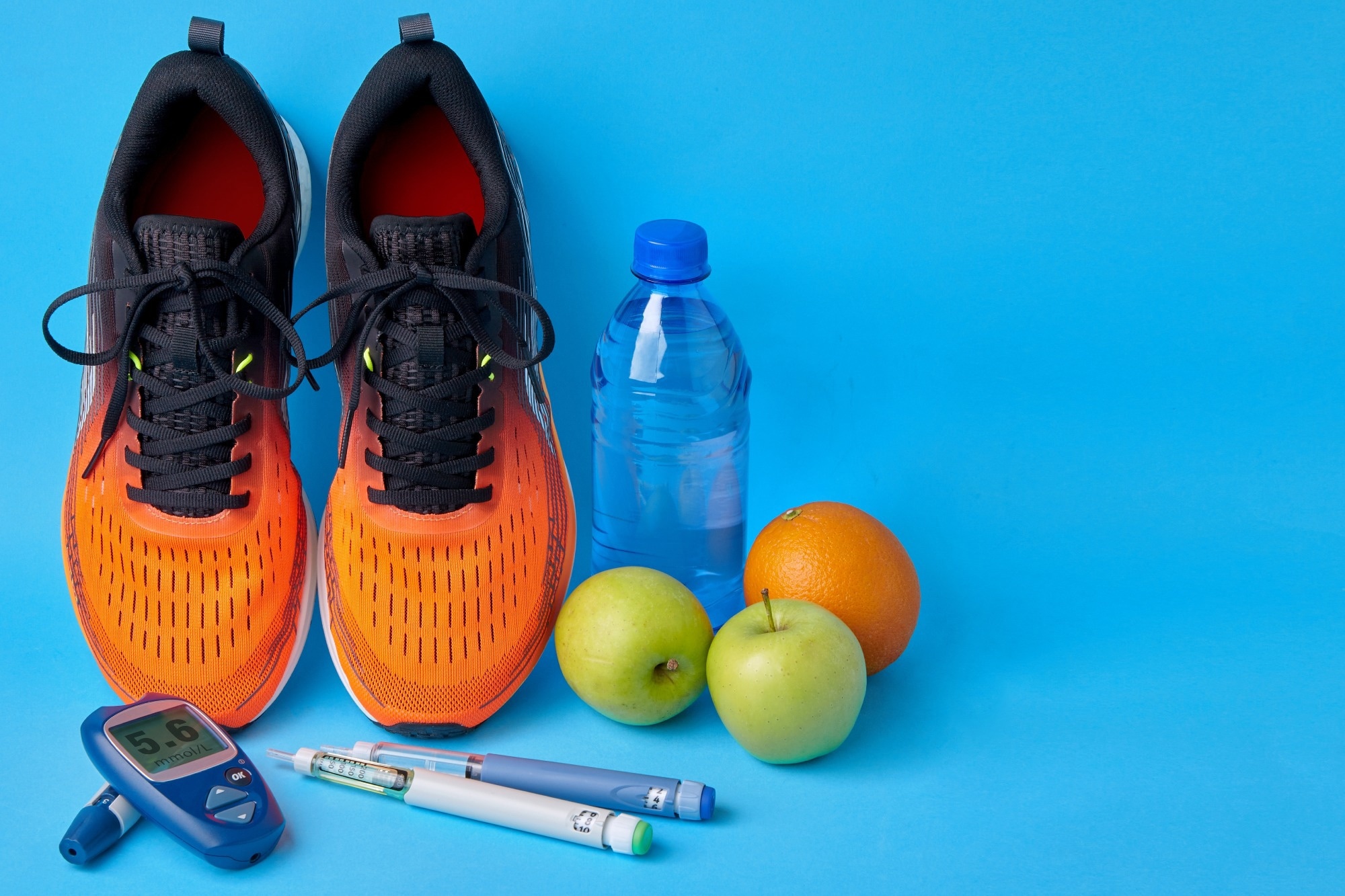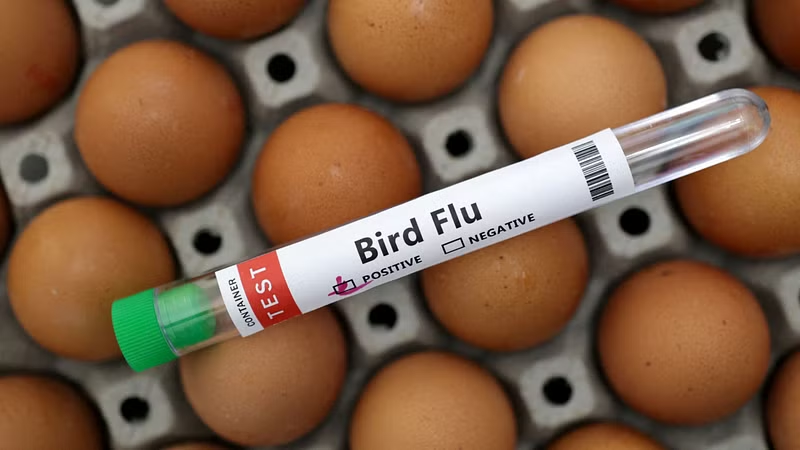In a recent article published in the British Journal of Sports Medicine, researchers performed a prospective cohort study to understand whether there is a dose-response association between device-measured physical activity and incident type 2 diabetes (T2D) while accounting for genetic risk.
The study comprised 59,325 United Kingdom (UK) Biobank participants whose accelerometry, genetic, and prospective health data were available.

Background
The prevalence of T2D, which accounts for ~90% of all diabetes, is increasing globally; thus, direct health expenditures associated with it have also increased dramatically. Health authorities recommend 30 minutes of daily or 150 minutes of weekly physical activity to target T2D prevention and management.
However, such recommendations almost always rely on studies assessing the effects of physical activity via self-reported measures, which are subject to bias.
However, the effect(s) of low-intensity physical activity (LPA) on T2D remains unclear and calls for more research on device-assessed physical activity and its potential health benefits.
The role of genetics in the etiology of T2D is well-recognized; recent advances in genome-wide association studies (GWAS) have helped identify >400 T2D single nucleotide polymorphisms (SNPs). Yet, more in-depth investigations of these interactions are still needed.
About the study
In this study, participants aged 40 to 69 completed baseline assessments between 2006 and 2010 comprising a self-completed questionnaire, physical and functional measures, and a blood sample.
A subset of 103,712 participants with no diabetes, cardiovascular diseases (CVDs), or cancer also provided accelerometer data after they wore the device on their dominant wrist 24 hours for seven continuous days.
The researchers averaged Euclidean Norm Minus One (ENMO) values to quantify the movements registered by the participant’s device while awake to get their total volume of physical activity.
Likewise, they summed minutes spent on LPA and moderate-to-vigorous-intensity physical activity (MVPA) while awake, at ≥3 and 1.5 and 2.9 metabolic equivalents of tasks (METs) for each study day.
First, the team calculated a polygenic risk score (PRS) using 424 selected SNPs identified from GWASs, which indicated a genetic predisposition to developing T2D; and then categorized these scores into tertiles of low, medium, or high genetic risk.
The team calculated the follow-up time from the accelerometer assessment to T2D diagnosis, death, or censorship, whichever happened first, where they considered T2D incidence, fatal and nonfatal, as specified by the code E11 of the International Classification of Diseases 10th Revision (ICD-10).
The researchers used complete case analysis and presented descriptive statistics in counts (& percentages) and means and standard deviation (SD) for categorical and continuous variables.
In continuous dose-response analyses, they evaluated the shape of associations between total, intensity-based physical activity and T2D incidence, assuming linearity for values in the top and bottom 10%, and used a Wald test to evaluate any departure from linearity.
They trimmed data at the fifth and 95th percentile of the exposure distribution and then categorized total physical activity, MVPA, and LPA into four-level variables. Furthermore, the team used Cox proportional hazards models to determine the hazard ratios (HRs) and 95% confidence intervals (CIs) for incident T2D per the physical activity levels, applying age as a timescale.
Finally, the team built five sequential models accounting for multiple variables as covariates. For instance, they treated Models four and five as the main models for total and intensity-specific physical activities, respectively, where the former adjusted for PRS and the latter for MVPA and LPA.
Results
Independent of genetic risk, higher levels of total physical activity, especially MVPA, lowered the risk of developing T2D. The authors noted a higher magnitude of linear dose-response association between physical activity and incident T2D than studies using self-reported physical activity.
Compared with the bottom 10% MVPA level, i.e., among those doing MVPA for ≤5.2 minutes per week, the association between MVPA and incident T2D was strong and significant at every level.
Conversely, participants in the top 10% LPA level, i.e., among those doing LPA for >7.4 hours per day, had a statistically significantly lower risk of developing T2D, and this association became more insignificant in sensitivity analyses.
Furthermore, the authors noted that the association was strongest for MVPA, followed by total physical activity, and was the weakest and least consistent for LPA. Intriguingly, an additive interaction with MVPA (indicating a higher absolute risk reduction) was most significant for people at the highest genetic risk of developing T2D.
These findings highlight the importance of physical activity for T2D prevention, especially in those with high genetic risk.
Conclusion
The evidence base for LPA and health outcomes is less developed than for MVPA due to a lack of appropriate instruments. Evidence from this study also suggested that focusing on MVPA might be more effective for T2D prevention.
The study results reinforced that MVPA could reduce the risk of T2D prevention, especially for those with a high genetic risk.
Thus, in future recommendations, health authorities should promote MVPA as a priority strategy for T2D prevention while also carefully considering physical activity intensity and its dose-response association with the incident T2D.










